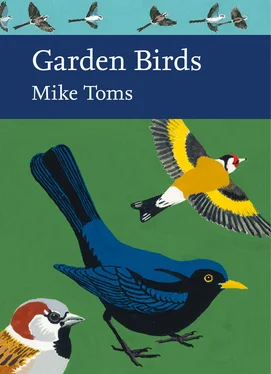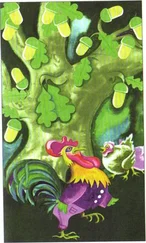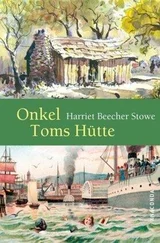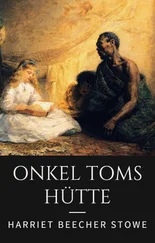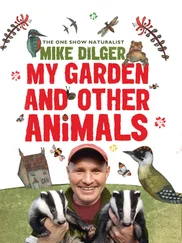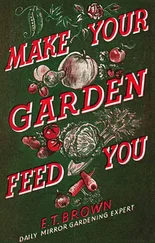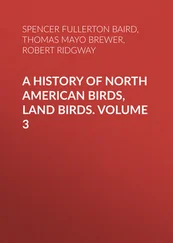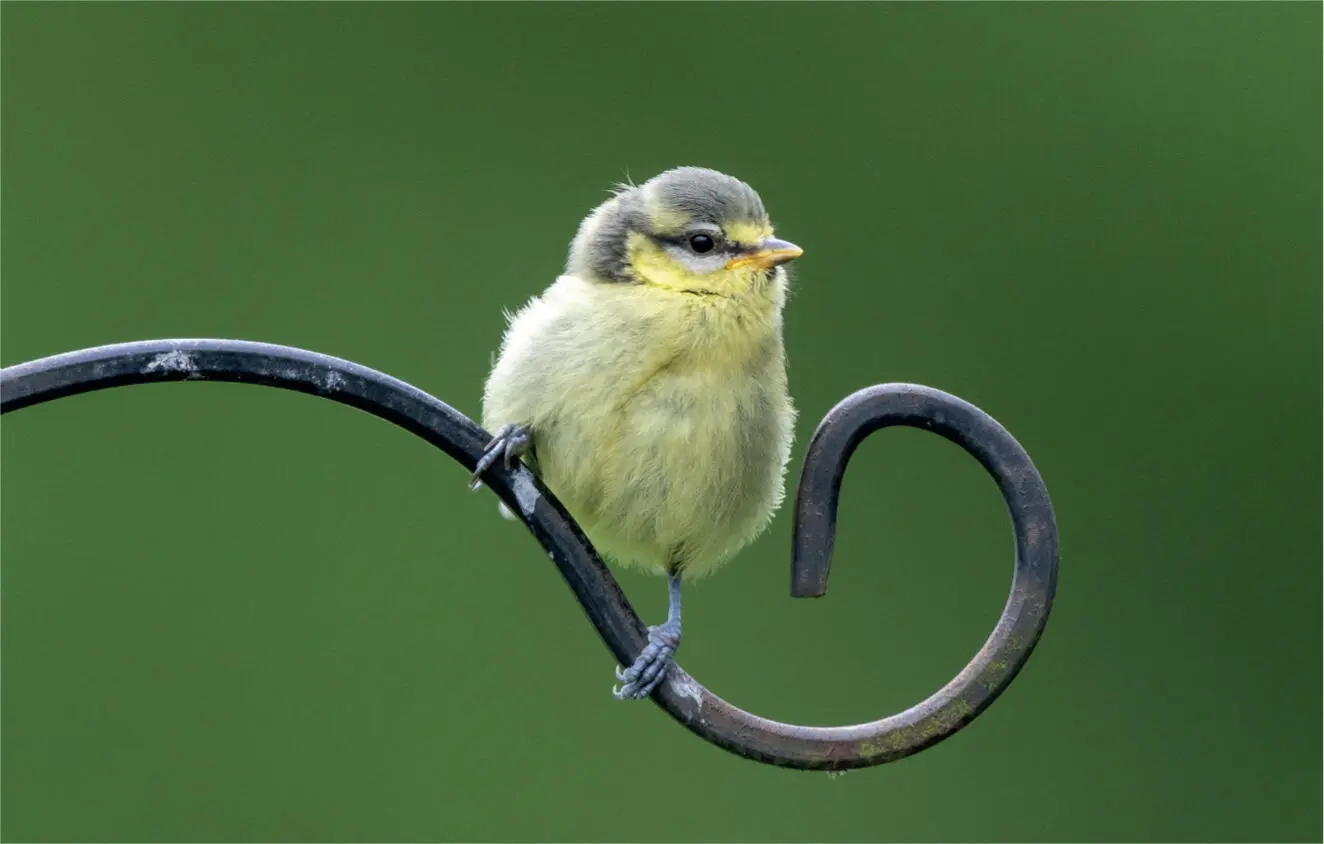
FIG 6. Blue Tits typically outnumber Great Tits in the urban environment, by as much as 3:1, but are the less numerous species within traditional woodland habitats. (John Harding)
Loram’s work also revealed the spatial pattern of gardens within each of the cities, reflecting variation in the density of the human population and the associated densities of housing stock. The history of each city, together with the geography of its location, contributed to the pattern of housing seen; the notion of a simple gradient in garden size, from the leafy suburbs with their large gardens through to courtyard gardens in the urban centre, was disrupted by these and other factors. This also meant that there was no clear relationship between garden size and distance to the edge of the conurbation within any of the five cities studied. This is important when we look at urban bird populations in more general terms as, for example, examined through the work of Chamberlain et al. (2009a) and others.
At a wider spatial scale, it is possible to use data from the BTO/JNCC/RSPB Breeding Bird Survey to examine the densities of bird species across the broader landscape and, as was done by Tratalos et al. (2007), to look at the relationship between avian abundance, species richness and housing densities within urban areas. Tratalos et al. (2007) found that total species richness – and that of 27 urban-indicator species – increased from low to moderate household densities, before then declining as you reached higher household densities. Avian abundance showed a rather different pattern, increasing across a wider range of household densities and then only declining at the highest household densities. The researchers were also able to look at the patterns in abundance seen within individual species, highlighting some interesting differences between them. Importantly, however, most of the species showed a hump-shaped relationship with household density, declining at the highest densities. A somewhat worrying finding, highlighted by the team, was that avian abundance almost invariably began to decline at a point below the density of housing required by the UK government for new developments.
A number of studies have highlighted that within cities it is the suburbs that support the greatest variety of bird species, something that is reflected in the hump-shaped distribution of the relationship between species richness and housing density mentioned above. A widely accepted hypothesis for the shape of this relationship is that the observed pattern is due to the increased habitat heterogeneity present at intermediate levels of urbanisation – i.e. that the suburbs are more diverse than either the more urbanised town centres or the farmland habitats that so often surround our towns and cities. However, it may also be the case that there is a higher availability of food resources in our suburbs than elsewhere (see Chapter 2) and that this, rather than habitat heterogeneity, shapes species richness.
Where a garden is located along the rural to urban gradient may influence the community of garden birds associated with it. This is something that we have been able to examine by using data from the BTO’s Garden BirdWatch project (Chamberlain et al., 2004a). Looking at nearly 13,000 garden sites contributing weekly data on garden birds between 1995 and 2002, we examined the extent to which the occurrence of individual garden bird species at a site was determined by features within the garden itself or by the nature of the surrounding landscape. Garden size was taken into account because we found that, in most cases, species were more likely to occur in large gardens (and larger gardens were more likely to occur in rural habitats and to have high tree and hedge cover). Exceptions to this were House Sparrow, Collared Dove, Black-headed Gull Chroicocephalus ridibundus and Starling, all of which were more likely to occur in small gardens.
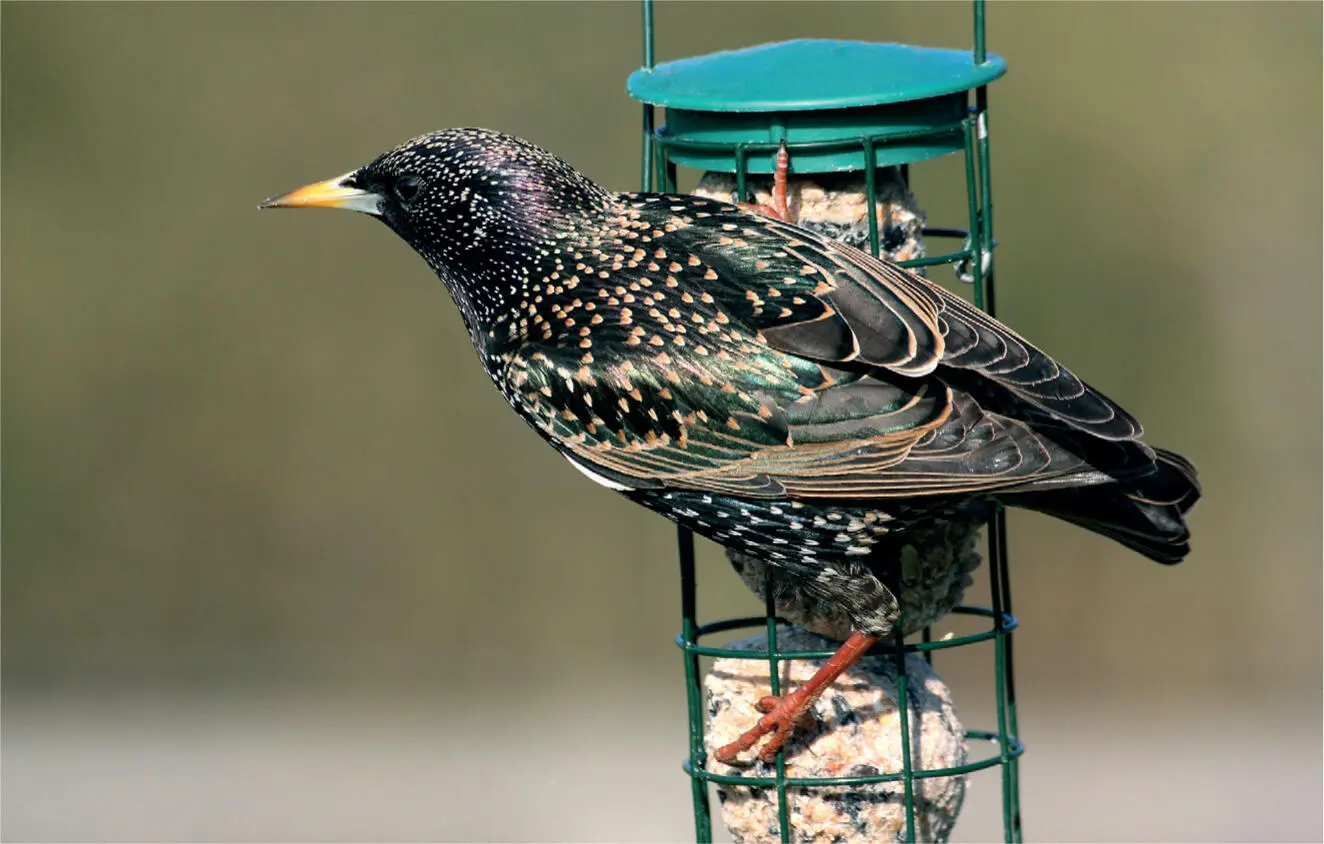
FIG 7. Analysis of BTO Garden BirdWatch data revealed that while most bird species were associated with larger gardens, Starling was one of four species found to be more likely to occur in smaller gardens. (Jill Pakenham)
Once we had controlled for the effects of garden size and the provision of food at garden feeding stations, we found that the likelihood of many species occurring in gardens was dependent on the nature of the surrounding local habitat rather than on features within the garden itself. We found that 12 of the 40 species examined were most likely to occur where the habitat outside the garden was rural in nature – these included open-nesting passerines associated with woodland or woodland edge (Wren, Robin, Blackbird, Blackcap Sylvia atricapilla and Chaffinch), hole-nesting (Great Spotted Woodpecker Dendrocopos major, Blue Tit and Coal Tit Periparus ater) or farmland (Pied Wagtail Motacilla alba, Rook Corvus frugilegus, Greenfinch, Goldfinch Carduelis carduelis and Yellowhammer Emberiza citrinella). Just seven species showed a probability of occurrence that was highest in gardens located within urban habitats, these being House Sparrow, Feral Pigeon, Starling, Magpie Pica pica, Black-headed Gull, Woodpigeon and Collared Dove.
The features within a garden may sometimes be more important than those in the surrounding landscape, as work carried out in Hobart, Tasmania, demonstrates. Daniels and Kirkpatrick (2006) examined how garden and wider landscape features influenced the abundance and species richness of bird species in 214 suburban gardens and found that the percentage cover of shrubs had a very important influence on the garden birds present, with the presence of shrubby vegetation favouring small native woodland birds and the New Holland Honeyeater Phylidonyris novaehollandiae in particular. The same study also underlined the importance of native vegetation for the nectar- and fruit-eating bird species native to Tasmania, but did note that such species also made use of non-native plants. In contrast, introduced bird species – such as Blackbird, House Sparrow and Goldfinch – only used non-native vegetation.
A piece of UK work looking more broadly across a single urban area – the city of Bristol – identified three different bird communities: one composed of species associated with broadleaf woodland and/or inland waterbodies, one associated with high-density housing and residential gardens, and one intermediate to these two and associated with low-density housing and variable amounts of woodland (Baker et al., 2010). More detailed examination of these three communities suggests that the diversity of bird species present within urban areas may be dependent on the availability of blocks of natural and semi-natural habitat, with areas dominated solely by residential gardens supporting fewer species. However, despite the lower species diversity of residential gardens, these areas may support particularly high densities of those species that are present. This is something that is reinforced by other work (e.g. McKinney & Lockwood, 1999).
The spatial arrangement and pattern of gardens and other forms of urban green space also has consequences for the extent to which birds use different patches. Connectivity of suitable habitat patches may be less of a problem for birds than it is for less mobile species, but it has still been shown to be of importance. Esteban Fernández-Juricic, for example, highlighted the importance of wooded streets as potential corridors for birds living in urban Madrid (Fernández-Juricic, 2000), while work in North America has revealed that even the movement of urban-adapted species is influenced by the structure and composition of urban habitats (Evans et al., 2017).
Читать дальше
